Autumn Blooming Wildflowers of Minnesota
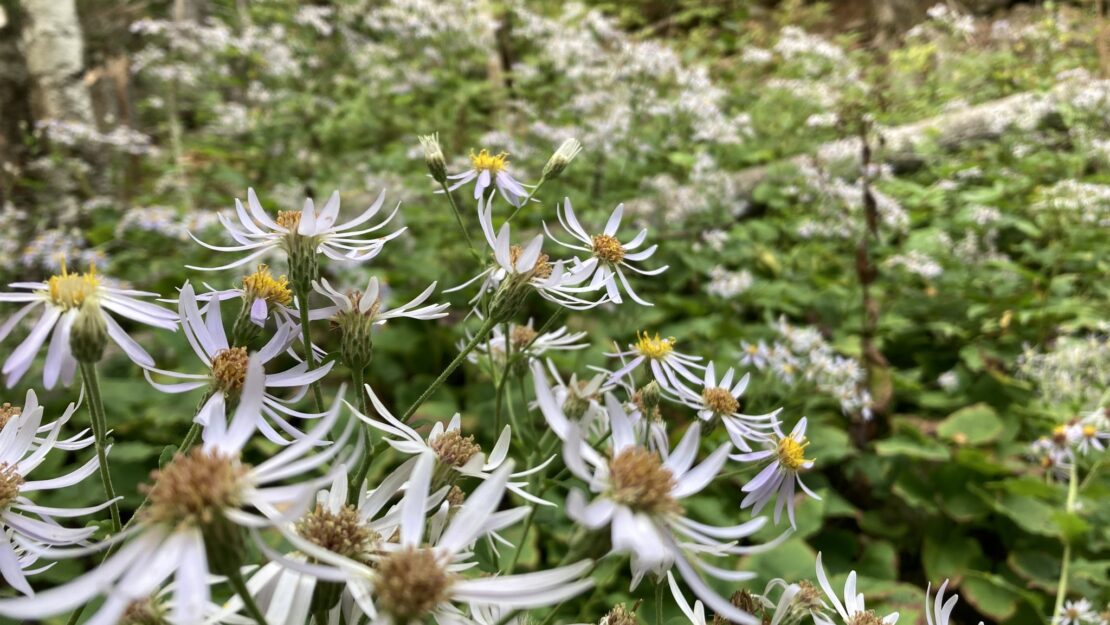
By Christopher Paulsen, Three Rivers Field Crew Leader / AmeriCorps Member
Along with the gorgeous foliage that Minnesota’s prairies and forests are displaying right now, autumn is an amazing time to get outside and see one last big push from our native wildflowers! Some of the most diverse genera of autumn wildflowers we have here in Minnesota are Solidago, Helianthus and Symphyotrichum, with each having over a dozen species within the genera that are found throughout the state. These genera are goldenrod, sunflower and aster, respectively. While they are all different genera, they are all in the same family (Asteraceae).
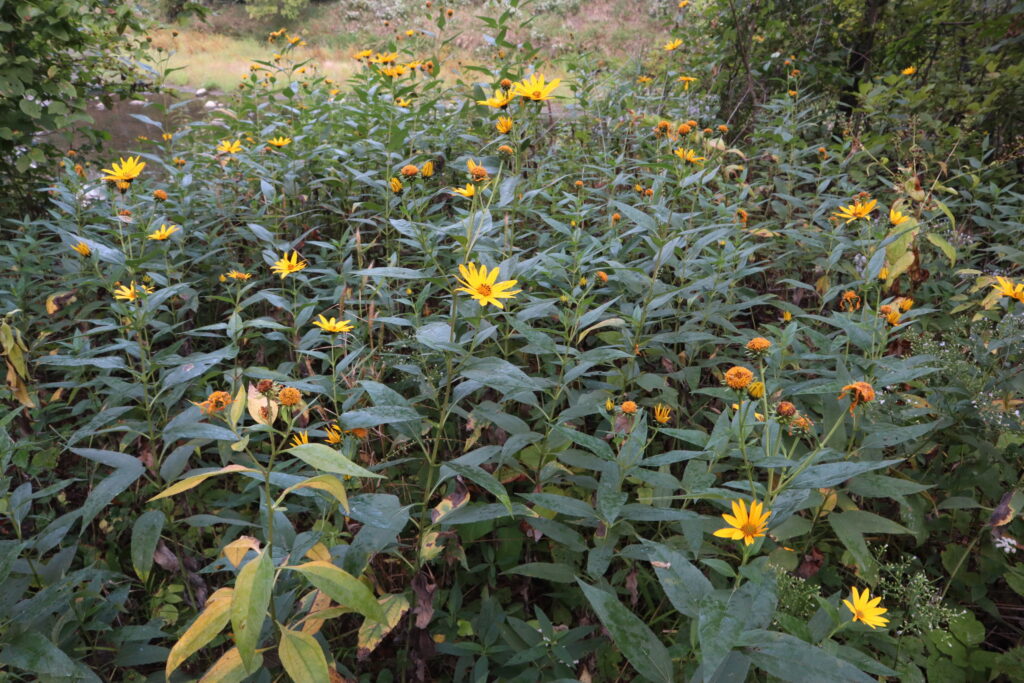
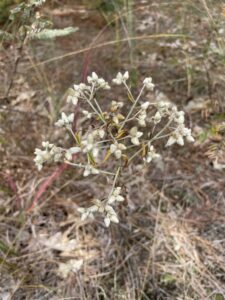
One to keep an eye out for, or nose rather, is Pseudognaphalium obtusifolium. Its common names include sweet everlasting, rabbit tobacco, catfoot and old field balsam. This relative in the Aster family with white flowers is known to produce a sweet smell that will float through the air on a fall day, enticing hikers with a faint smell of butterscotch. It can be found in dry sandy habitats throughout the state, much of which resulted from sandy glacial outwash plains left behind as glaciers retreated throughout our state millennia ago. Anaphalis margaritacea, or pearly everlasting, can be found farther north in our boreal forests. Both species are true to their name, holding their flower structure well into fall.
The Solidago genus is often mistaken for causing late summer and early fall allergies, but these bright yellow forbs are actually insect-pollinated! Their heavy, sticky pollen is unable to float along in the wind. It is instead transported by nectar-craving insects scrambling all over the flowers, pollinating them and transporting genes from plant to plant. The true suspect is the ragweeds, Ambrosia trifida and Ambrosia artemisiifolia, which are giant ragweed and common ragweed respectively. These plants are wind pollinated, with pollen particles that are much lighter and able to float along in the wind. So give these beautiful natives a break and take the time to give them a sniff without fear of allergies!
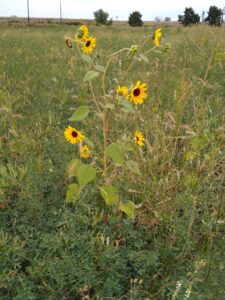
Helianthus is a diverse genus with over seventy species that are native only to the Americas, with most of the diversity centered in North and Central America. Helianthus annus is widely cultivated around the globe to produce huge seed-producing heads for food and oil production. It still persists in its native form around our state in fallow fields and roadside ditches especially. The Jerusalem artichoke, H. tuberosus, has been widely cultivated for hundreds of years. Also known as sunchokes, these sunflowers produce large, starchy tubers that can be used in many recipes and are a great addition to native gardens!
Symphyotrichum provides an explosion of different shades of purples and whites across the state in all of her different environments, from prairies to wetlands to boreal forests and everything in between! Continuing their blooming all the way up until the first couple of frosts, Sympyotrichum provides pollinators the last big rush of sugars they need to either continue their migration or ready for hibernation. New England Aster, S. novae-angliae, can be found in moist areas of prairies, swamps and roadsides exploding with a deep purple color. Heath Aster, S. ericoides, can be found thriving even in our sandy and gravelly soils, full of small white blooms. Formerly in the same genus before reclassification due to genetic testing was Large-leaved Aster, Eurybia macropylla. This gorgeous aster can be found farther north in our boreal forest’s rocky soils with big, purple flowers.
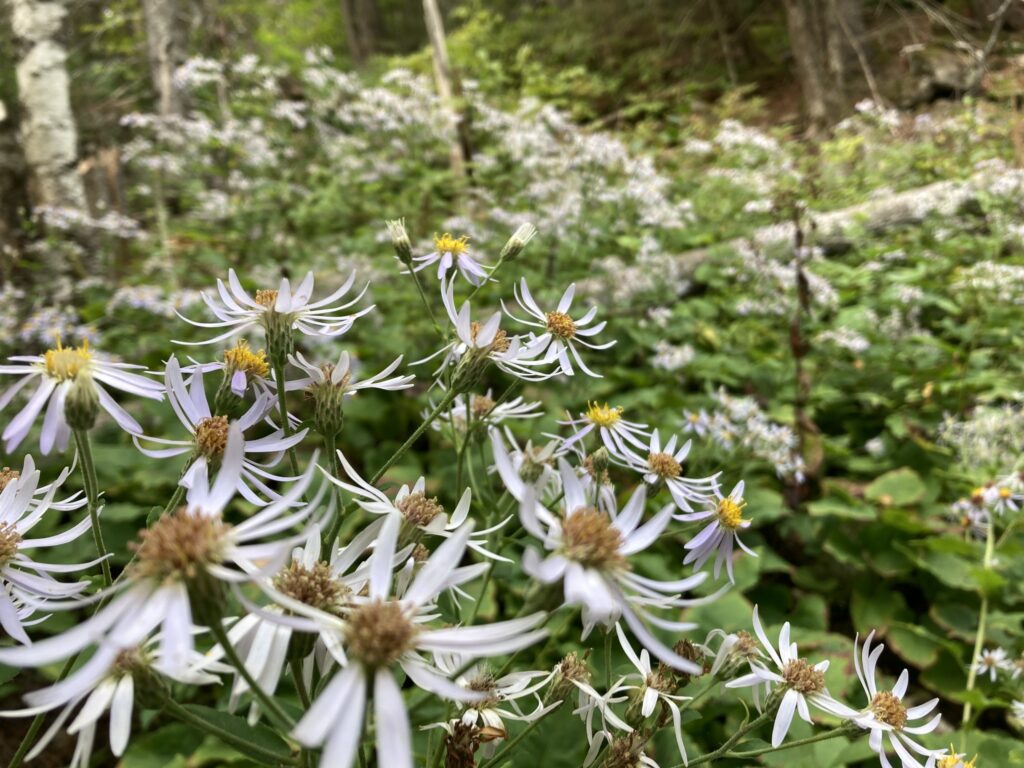
I encourage others to get out and find the rest of these species blooming while you can, and add to your knowledge of native wildflowers! iNaturalist is a great app as well as the Minnesota Wildflowers website for learning more about the diverse bouquet of native flowers we have to enjoy here in the state. Some great metro locations to see these flowers before the frost hits are Thompson County Park in South St. Paul and Eloise Butler Wildflower and Bird Sanctuary in Minneapolis. For those willing and able to drive a little farther there is Sherburne National Wildlife Refuge near Zimmerman to the northeast or Spring Lake Park Reserve near Hastings to the south. Happy hiking!